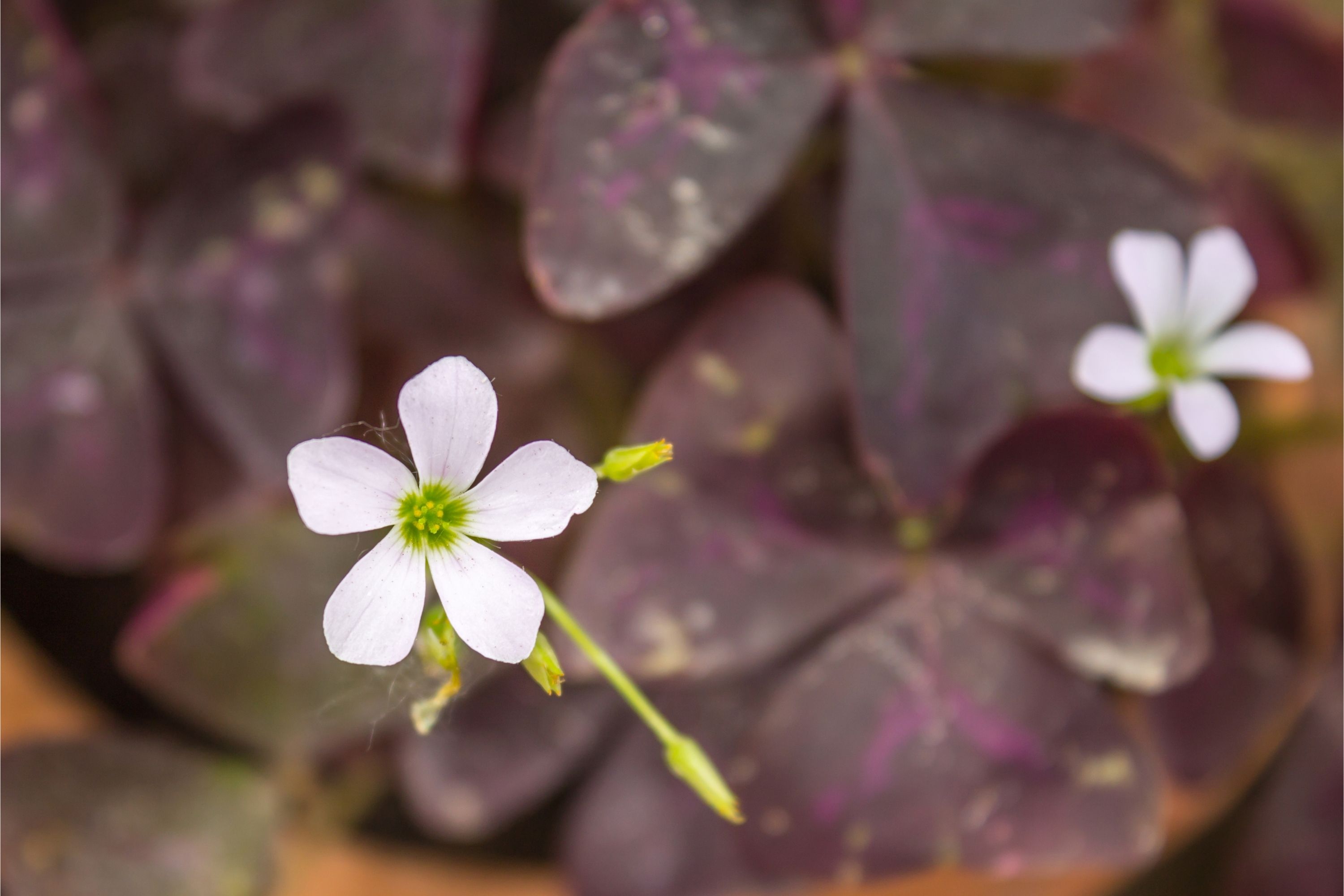Pale pink-sorrel
(Oxalis incarnata)

Description
Oxalis incarnata is a species of flowering plant in the woodsorrel family known by the common names pale pink-sorrel and crimson woodsorrel. It is native to southern Africa, but it can be found on other continents where it is an introduced species, often the descendant of garden escapees. It is grown and kept as an ornamental plant. This is a perennial herb growing from a system of rhizomes and bulbs. The branching, hairless stem grows to nearly 30 centimeters in maximum length. There may be small bulblets located along the stem above ground. The leaves are borne on long petioles in erect bunches, each leaf made up of three leaflets. The solitary flower arises on a peduncle. Each flower has five white to light pink petals. Oxalis is a large genus of flowering plants in the wood-sorrel family Oxalidaceae, comprising over 550 species. The genus occurs throughout most of the world, except for the polar areas; species diversity is particularly rich in tropical Brazil, Mexico and South Africa. Many of the species are known as wood sorrels (sometimes written "woodsorrels" or "wood-sorrels") as they have an acidic taste reminiscent of the sorrel proper (Rumex acetosa), which is only distantly related. Some species are called yellow sorrels or pink sorrels after the color of their flowers instead. Other species are colloquially known as false shamrocks, and some called sourgrasses. For the genus as a whole, the term oxalises is also used. These plants are annual or perennial. The leaves are divided into three to ten or more obovate and top notched leaflets, arranged palmately with all the leaflets of roughly equal size. The majority of species have three leaflets; in these species, the leaves are superficially similar to those of some clovers. Some species exhibit rapid changes in leaf angle in response to temporarily high light intensity to decrease photoinhibition. The flowers have five petals, which are usually fused at the base, and ten stamens. The petal color varies from white to pink, red or yellow; anthocyanins and xanthophylls may be present or absent but are generally not both present together in significant quantities, meaning that few wood-sorrels have bright orange flowers. The fruit is a small capsule containing several seeds. The roots are often tuberous and succulent, and several species also reproduce vegetatively by production of bulbils, which detach to produce new plants.
Taxonomic tree:







